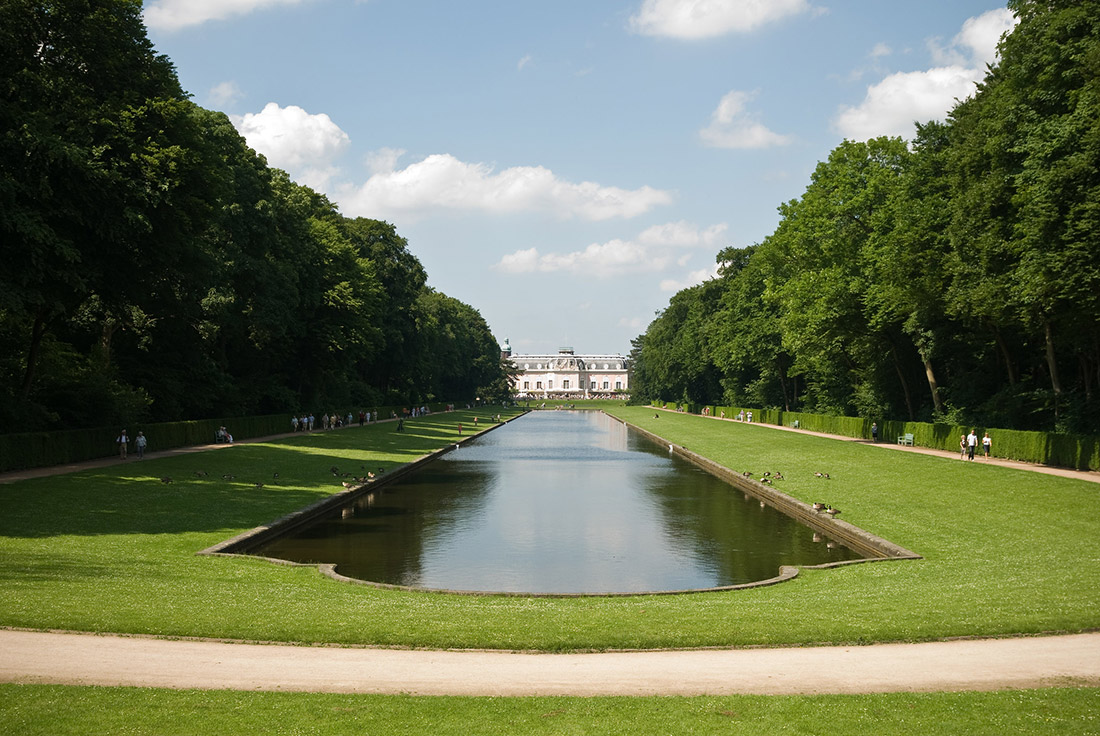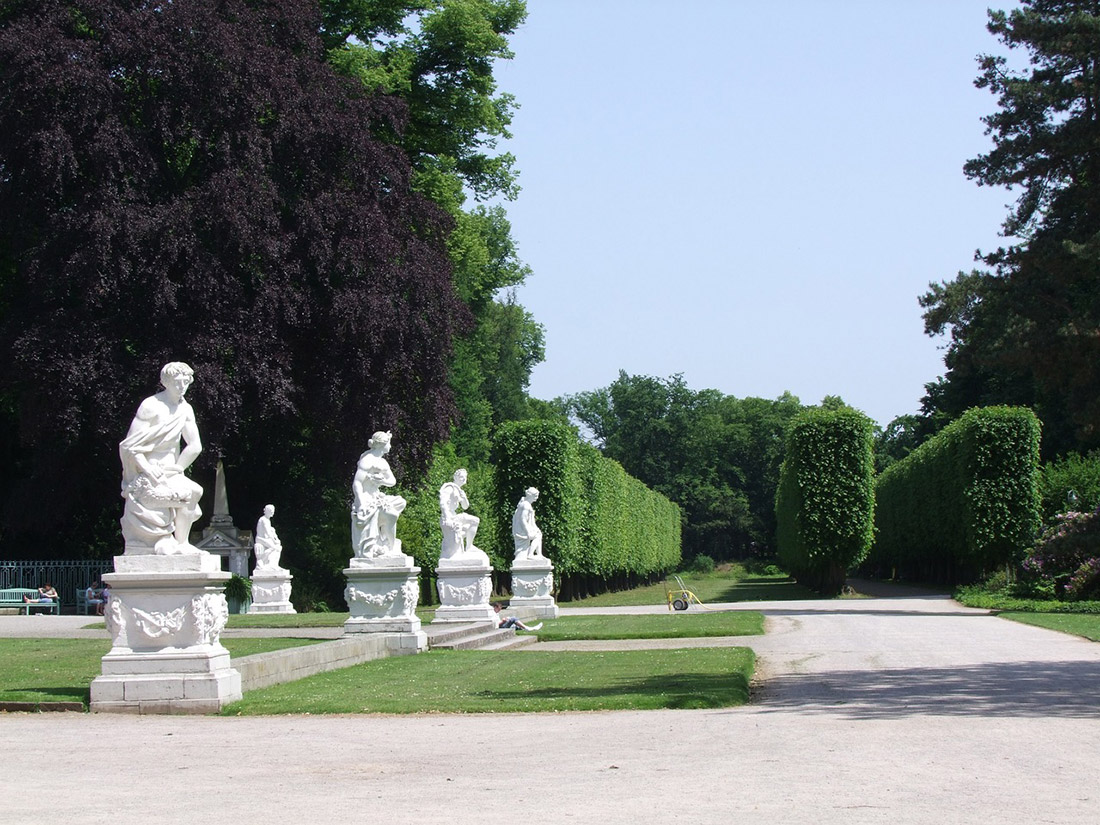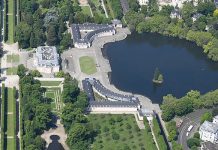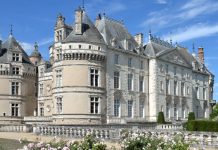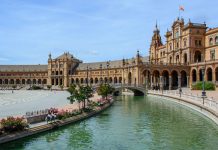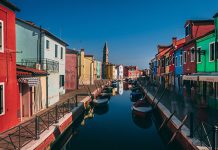Benrath Palace is one of the best places to see in Düsseldorf. This elegant, richly decorated Baroque-style residence with its extensive, impeccably manicured formal gardens is part of the itinerary for most visitors of the city and never disappoints. Benrath, though smaller in size than many other European palaces of its time, is a remarkable example of late Baroque architecture (18th century).
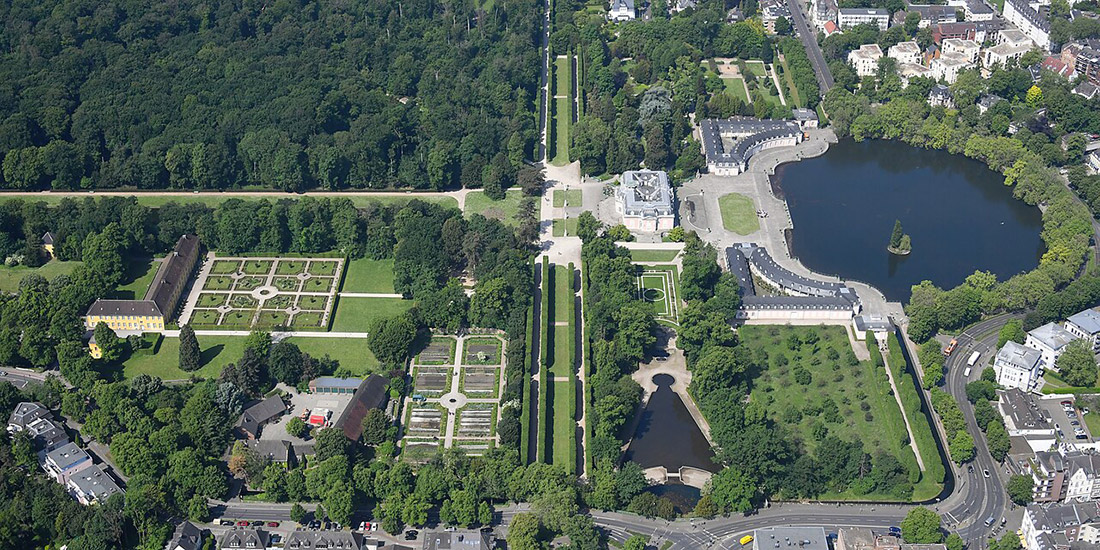
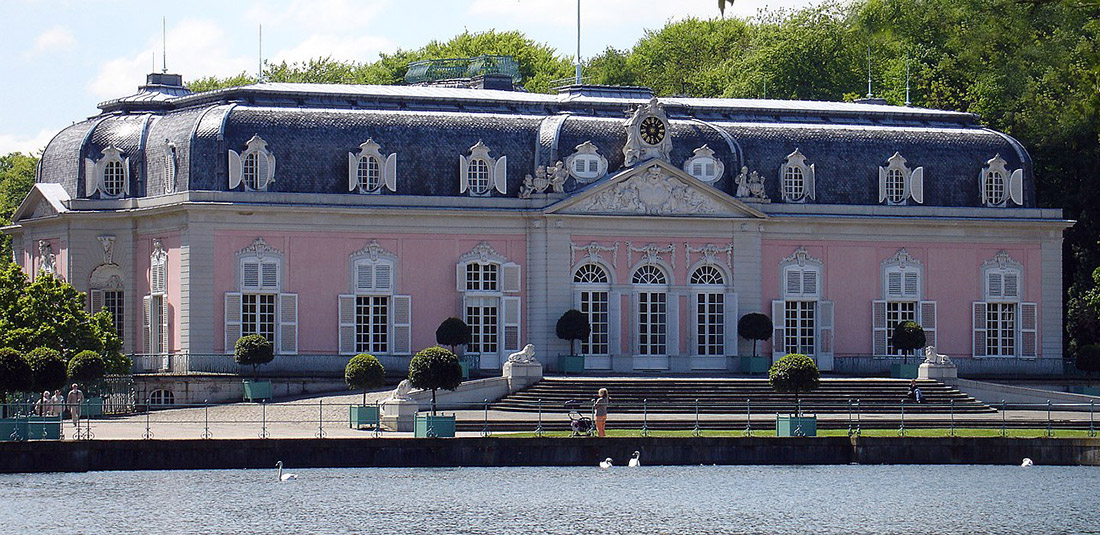
The palace was built for Elector Palatine and Bavaria, Charles Theodore, and his wife, Countess Palatine Elisabeth Auguste of Sulzbach. Landscape architect Nicolas de Pigage oversaw the work. Construction was started in 1755 and was completed in 1770. The ensemble in Benrath was proposed to be included on the UNESCO World Heritage List.
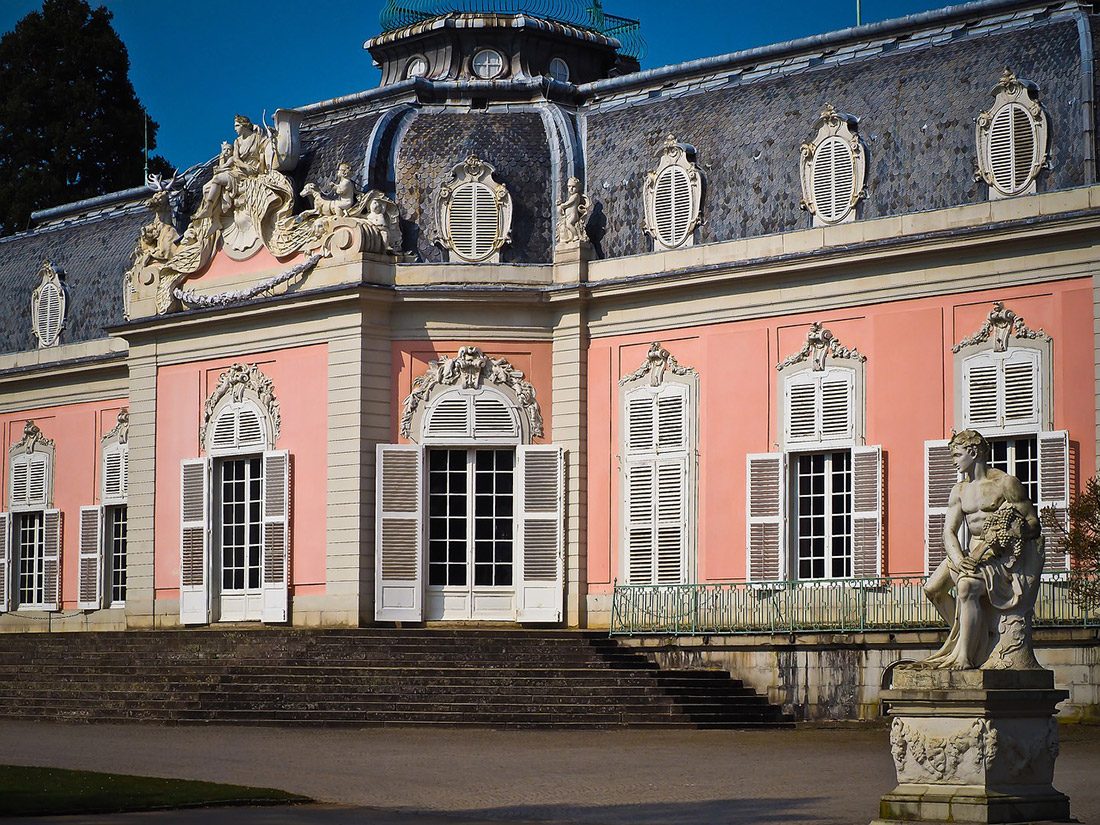
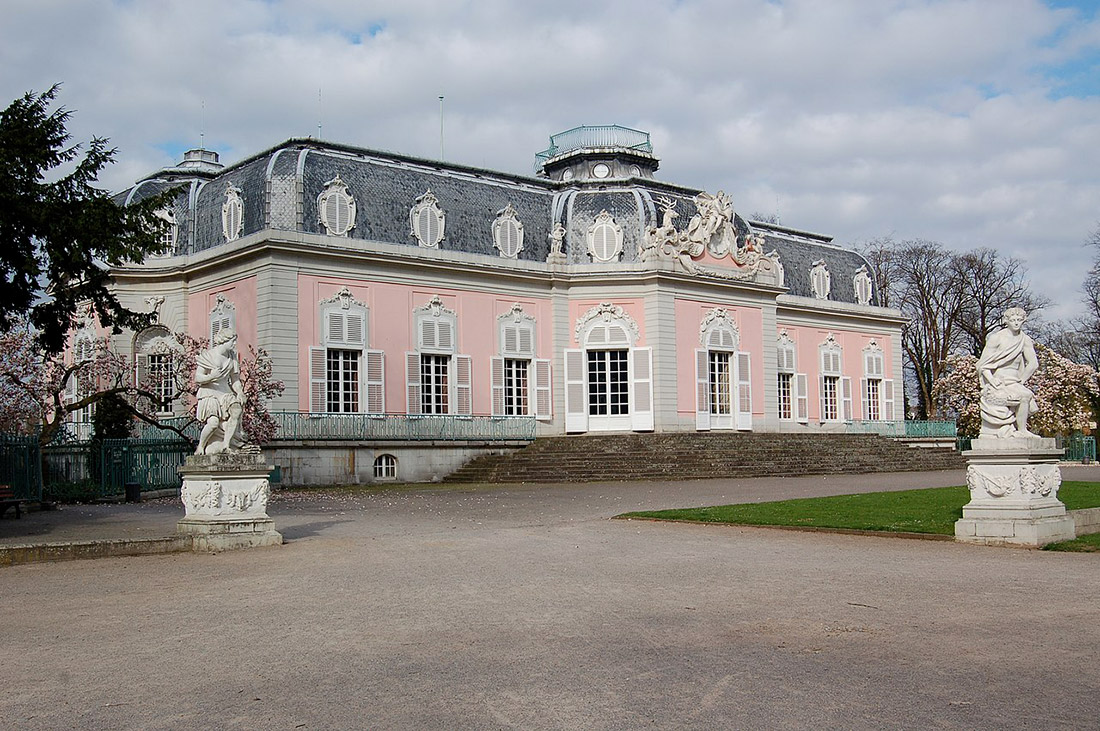
Even from the outside, Benrath Palace is an impressive ensemble. The main building is surrounded by two symmetrical winged structures where servants were originally housed. They partially encircle a circular pond to the north. To the south, there is a long rectangular mirror pond called the Schlossweiher. From the old castle, which once stood in the middle of the long rectangular pond to the south of the palace, only one of the wings for servants remains, known as the Old Orangery.

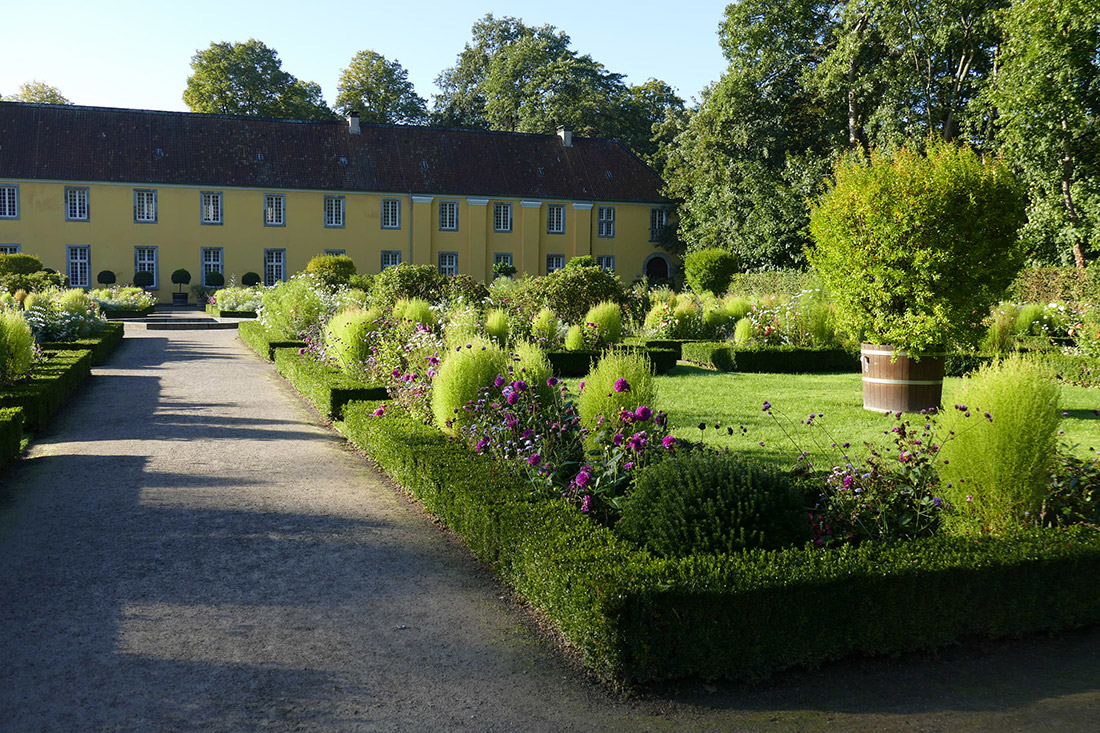
At the time of construction, it was intended that the Countess would reside in the residence. Perhaps this explains the feminine pink hues of the palace, extensive flower beds, fountains, and lavishly decorated gardens. However, it is said that she never visited the palace because she despised her husband for his liaisons with other women and for fathering several illegitimate children. Nevertheless, this part of the story is shrouded in controversy, and many believe that the Countess did indeed live here, albeit briefly. So, the palace was sometimes used by Charles Theodore as a hunting lodge, but in most other cases, it was left in the care of servants.

A few years after the Elector’s death in 1799, the palace was seized by French revolutionary groups. Over the next few years, the residence changed hands several times, with Duke Wilhelm of Bavaria and Marshal Joachim Murat spending some years here. According to the Vienna Treaty signed in 1815, the palace was handed over to the Prussians. It housed imperial and royal families until 1911 when the complex became state property.
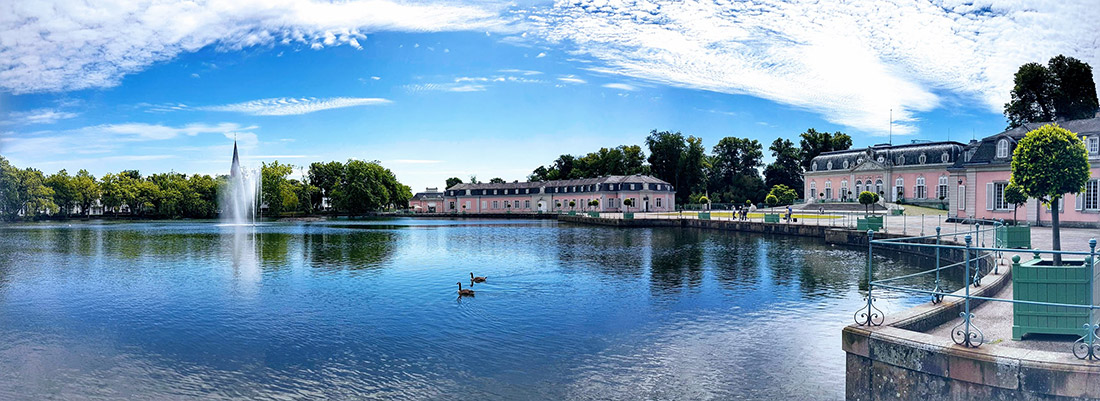
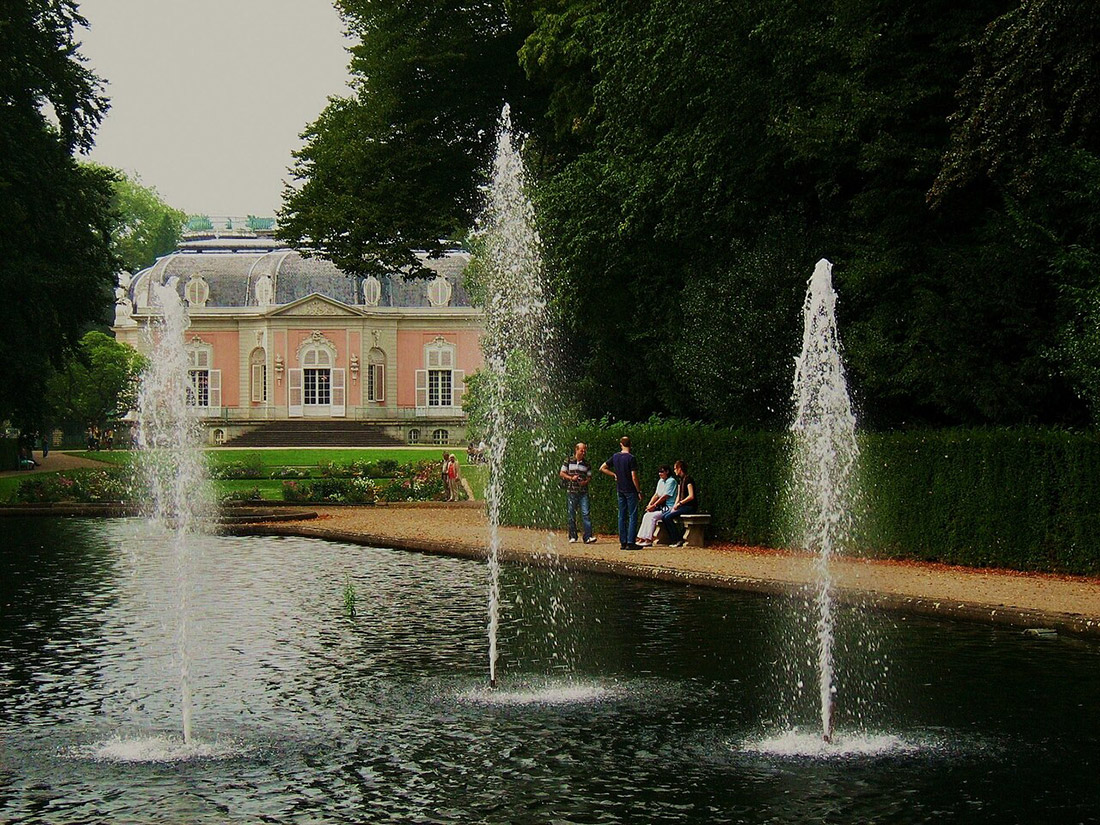
During World War II, Benrath Palace suffered damage, like most other buildings in Düsseldorf, but it was subsequently restored. Since 2002, two museums have been operating here – the European Garden Art Museum in the eastern wing and the Museum of Natural History in the western wing. The palace is surrounded by a Baroque hunting park with intersecting diagonal alleys.
